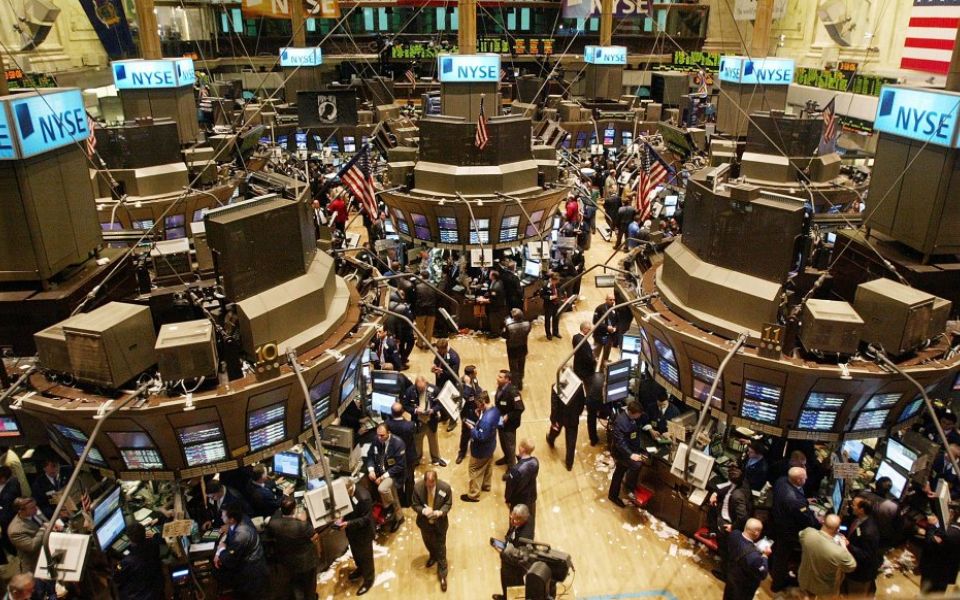
Despite the volatility there’s much for US markets to celebrate

There was no escaping reports of US stock market volatility throughout February. Yet oddly, despite Wall Street heading for its first month of losses in nearly a year, the Dow Jones, S&P 500 and Nasdaq are still not that far off their record highs.
Having fallen 10 per cent from the records set on 26 January, the major averages have recovered well. Despite, or perhaps because of, the downward revision of fourth quarter US GDP, Wall Street opened strongly on Wednesday, while bond yields eased.
Both the S&P 500 and the Dow were a touch over 4 per cent lower than their all time highs, while the Nasdaq was just 1.95 per cent below its record high.
What if anything should this tell us? Probably no more than we should already know.
Wall Street at present is hyper sensitive to a strongly growing economy and higher levels of inflation that might prompt more aggressive monetary policy from the US Federal Reserve.
Correction versus panic
As if to demonstrate this, Tuesday saw 300 points wiped off the Dow after new Fed Chairman Jerome Powell indicated he would be prepared to hike interest rates faster than the three times expected by markets this year.
But it does also tell us that there is little need to panic, that February’s correction was just that, a correction. And that investing for the long term remains the safest option.
There will undoubtedly be several swings in the markets this year. Each hike in interest rates is likely to be greeted with a bout of selling on Wall Street.
It’s even possible, ridiculous as it may sound, that good economic growth data is treated as bad news by US markets.
Ultimately, though, this is a process the US economy must go through if we are ever to return to normality. The US Fed still has $4trillion on its balance sheet, give or take a few billion here or there. Until that balance sheet is much smaller we will not have returned to “normal” economic conditions. It’s not alone either. Europe and the UK also need to end their reliance on easy money and begin the journey back to “normal” interest rates and yet both seem unprepared for that journey to begin.
Glass half full or half empty?
We should all welcome economic growth and we should all welcome the return to “normal” economic conditions. If investors can do that too, there may be no need for the volatility of the past month.
But that depends on investors. Some will look at the Dow Jones, S&P 500 and Nasdaq at the start of today and conclude their investments are down by a little more than 2 per cent overall and consider how much they have lost. Others will look at their investments and see them as being 4 per cent below their recent record – and arguably unsustainable – highs.
A number of them will be much more optimistic. In the three months since the Dow surged, their investments are still up, on average, by 5.28 per cent. The Nasdaq over the same period has gained 7 per cent, while the S&P 500 has gained more than 4 per cent.
Those are healthy gains by historic standards so perhaps it’s a little premature to complain.
To find out how INFINOX Capital can help you reach your financial goals, visit www.infinox.com.